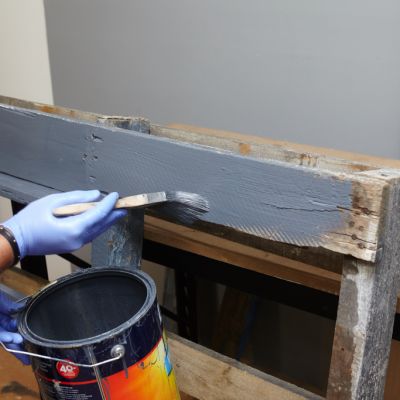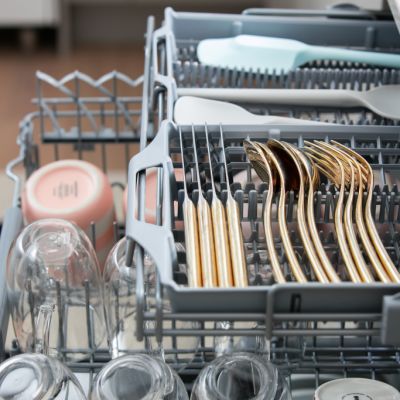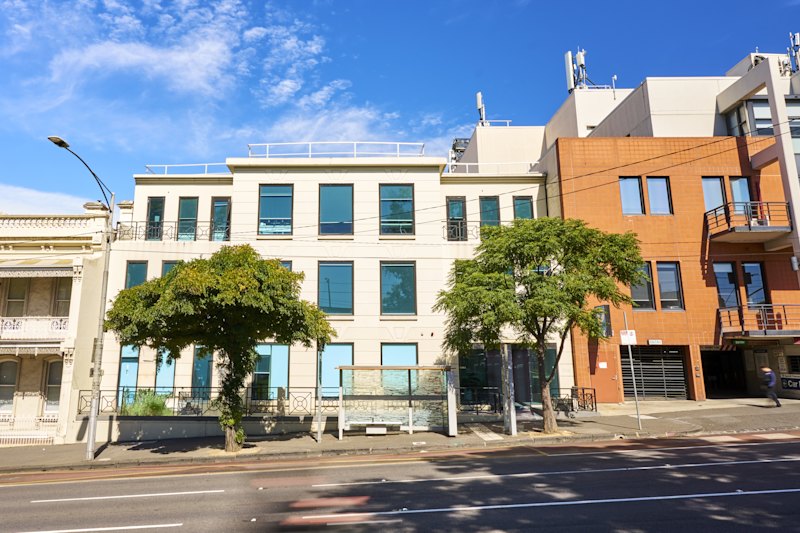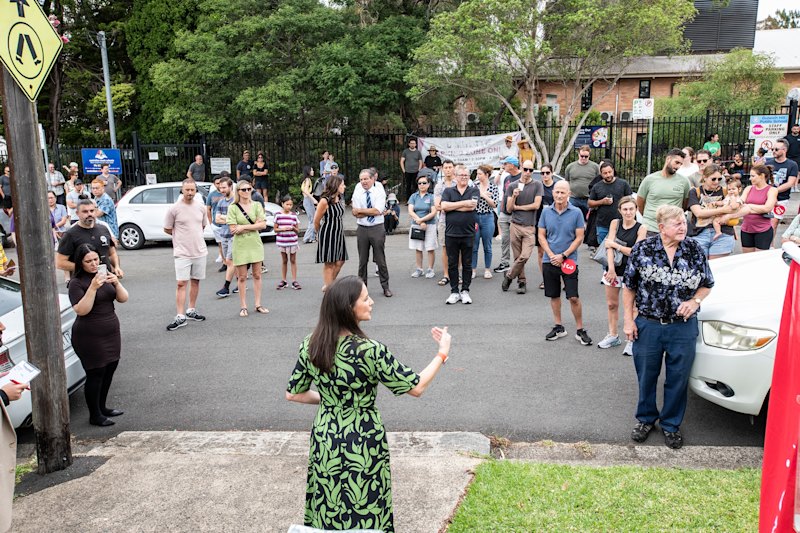How smart home technology could change your life over the next five years
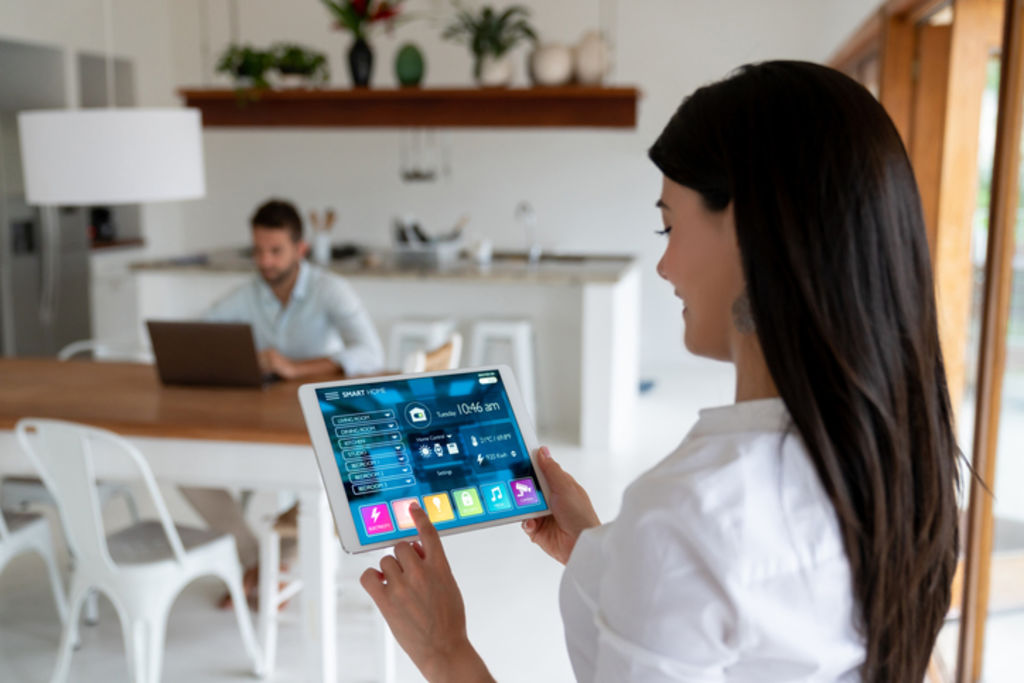
What your smart home could look like in just five years time: Your alarm clock goes off in the morning, and it tells the blinds to open. Sun streams in and that’s annoying, but by the time you’ve zombie-stumbled down the hallway, the kettle has boiled itself for your cup of coffee.
You voice-activate your speakers and they play soft tunes for the morning, and turn your kitchen lights up to match. The coffee takes up the last bit of milk left in the fridge, so the fridge adds it to your shopping list which you send to the supermarket from your phone.
The house is warm, the heat pump turns itself on half an hour before you wake up, and turns itself off to save power at your usual leaving time. The washing machine’s finished, and sends a text to remind you to it’s supposed to rain later – so you should put your things in the dryer.
You walk out the door and the house locks itself. It has its own 24/7 video monitoring security system, and after you’ve gone the vacuum starts up.

The global market for smart home technology is set to reach a projected $103 billion in annual revenue by the end of 2019, according to report by research firm Strategy Analytics.
By the end of 2018, more than 200 million homes in the world had at least one smart device. By the end of 2023, the report predicts there will be over 300m smart homes and more than 6.4 billion smart home devices — an average of 21 per smart home.
“That’s realistic when you consider how many smartphones, TVs and laptops are in your household right now,” said technology commentator Peter Griffin.
Fridges that re-fill themselves (via online order), AI assistants, cameras that monitor the watering of your garden and mirrors that advise you on your looks and nutrition all exist now. These devices aren’t in most middle-class homes yet, but they will be.
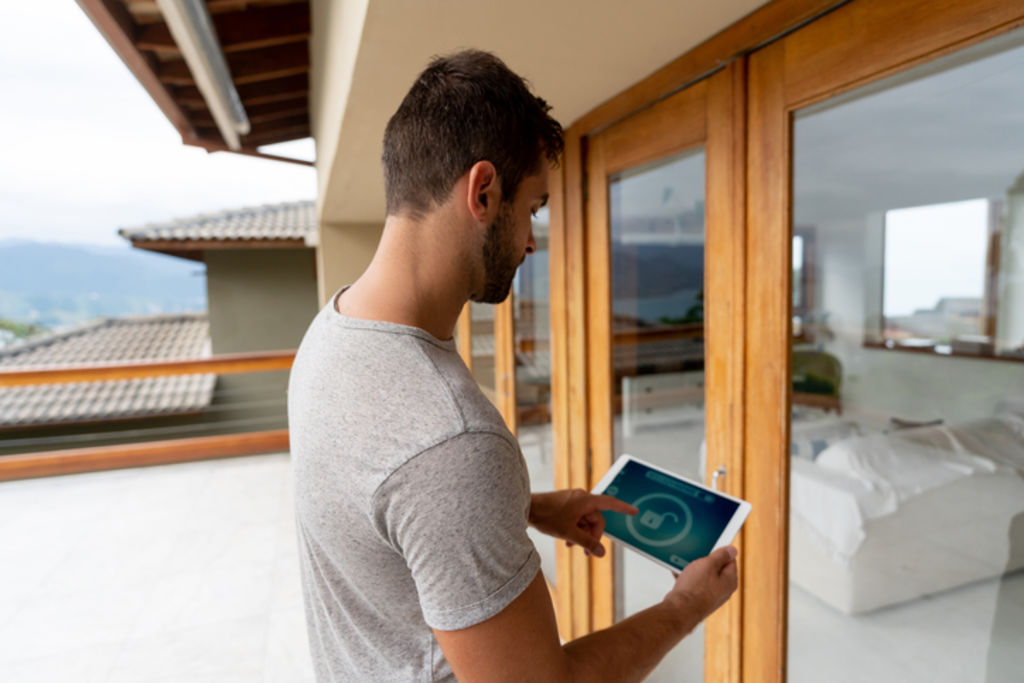
“The technology hasn’t really penetrated homes yet, but by 2023 definitely all of that will,” said Griffin.
More than half of the projected spend in the global market (54 per cent) is expected to be on smart devices and hardware, including their subscription service fees and installation.
“I think [people] are still getting their heads around how to utilise smart technology and we’re not really at a point yet where it’s all unified on one network, but we’re rapidly getting there,” said Griffin. “By 2023 we’ll be in a situation where the average, middle-class home will have 20 plus devices that are talking to the cloud, talking to each other, and have voice activation.”
That means when December rolls around and you drag out the BBQ, it’ll flick you a text about the internal meat temperature and then an update when it’s done cooking the chicken.
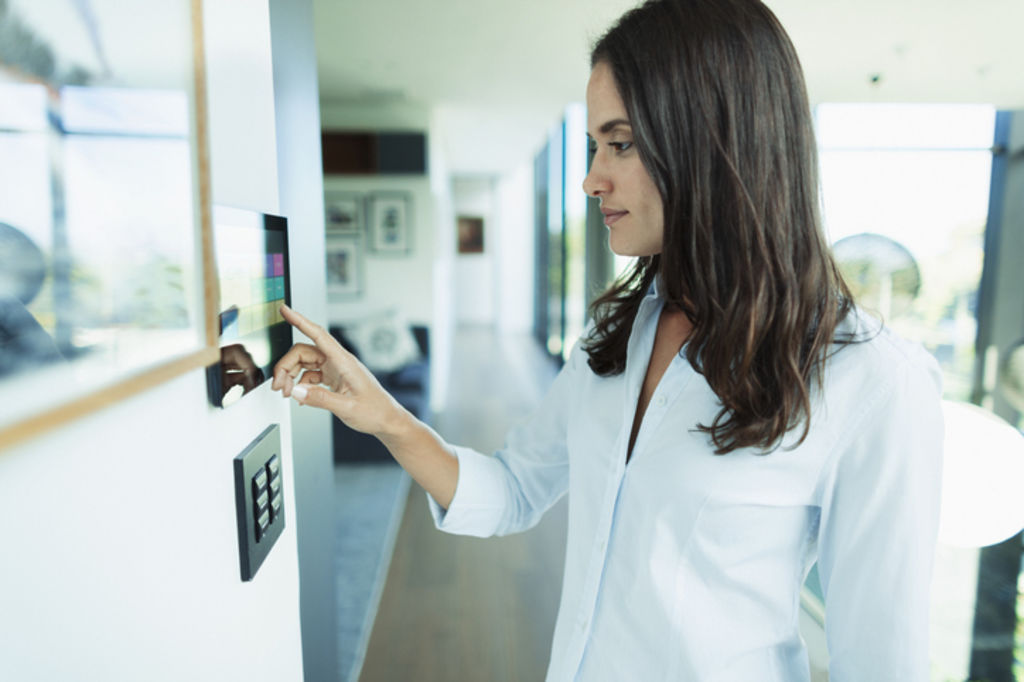
Griffin described the homes we’ll have in five years’ time as an “interim step” between what we’ve got now, and homes of the future, “where smart tech will be built into everything that we do, where every device is on a 5G network. That’s probably more like 2030.”
Smart Home Strategies’ senior industry analyst Jake Narcotta said: “Unit sales of smart home devices are growing at more than 20 per cent per year between 2018 and 2023.” This is mostly electrical devices, followed by smart bulbs and surveillance cameras.
Smart technology will be become “an invisible layer” across all of our devices, said Griffin. A smart fridge is positioned as a premium product right now, but as we see with all technology: as devices become ubiquitous, they get cheaper and many more people own them.
All our general household appliances will have the AI built in to them, “and it’ll be up to you whether or not you want to enable that,” Griffin added.
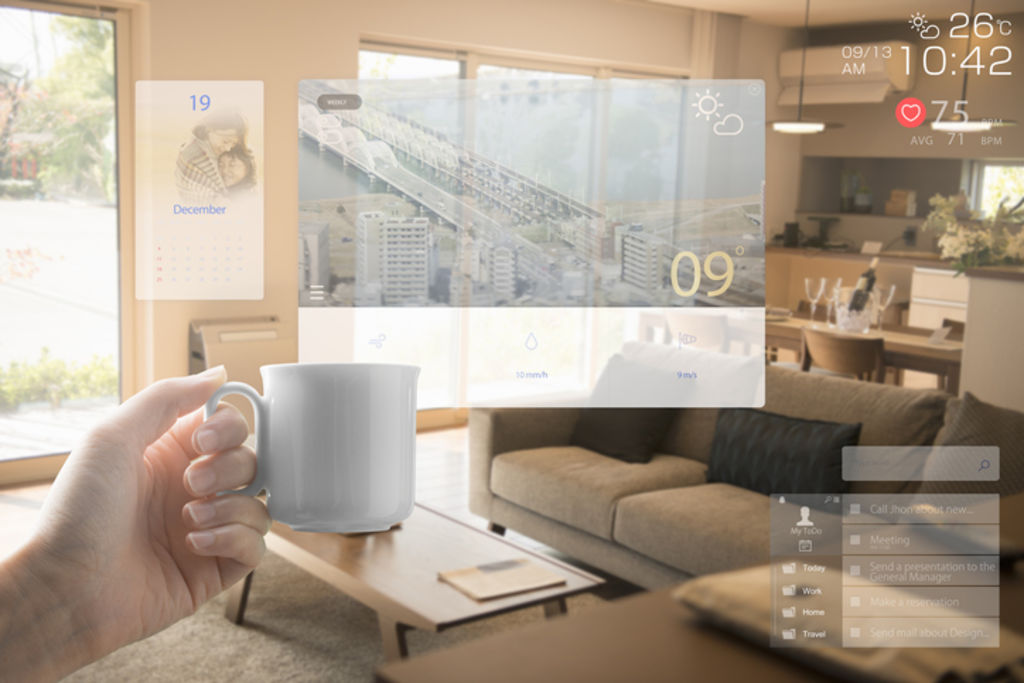
Bill Ablondi, director of Smart Home Strategies said the industry is growing so rapidly because people are becoming aware of how easy interconnected smart tech can make their lives, and it’s getting cheaper.
“Prices for both services, e.g. monitored security and devices, have declined making smart home products and services more affordable for a wider range of consumers,” he said.
Although to bring us up to speed, we’ll need some heavy digital infrastructure. While some homes are smart already, Griffin said “there are still people in rural areas without access to broadband”.
This story originally appeared on stuff.co.nz
We recommend
We thought you might like
States
Capital Cities
Capital Cities - Rentals
Popular Areas
Allhomes
More
